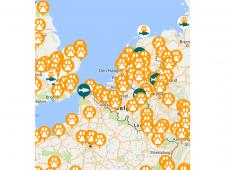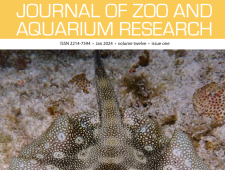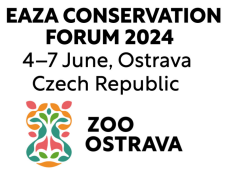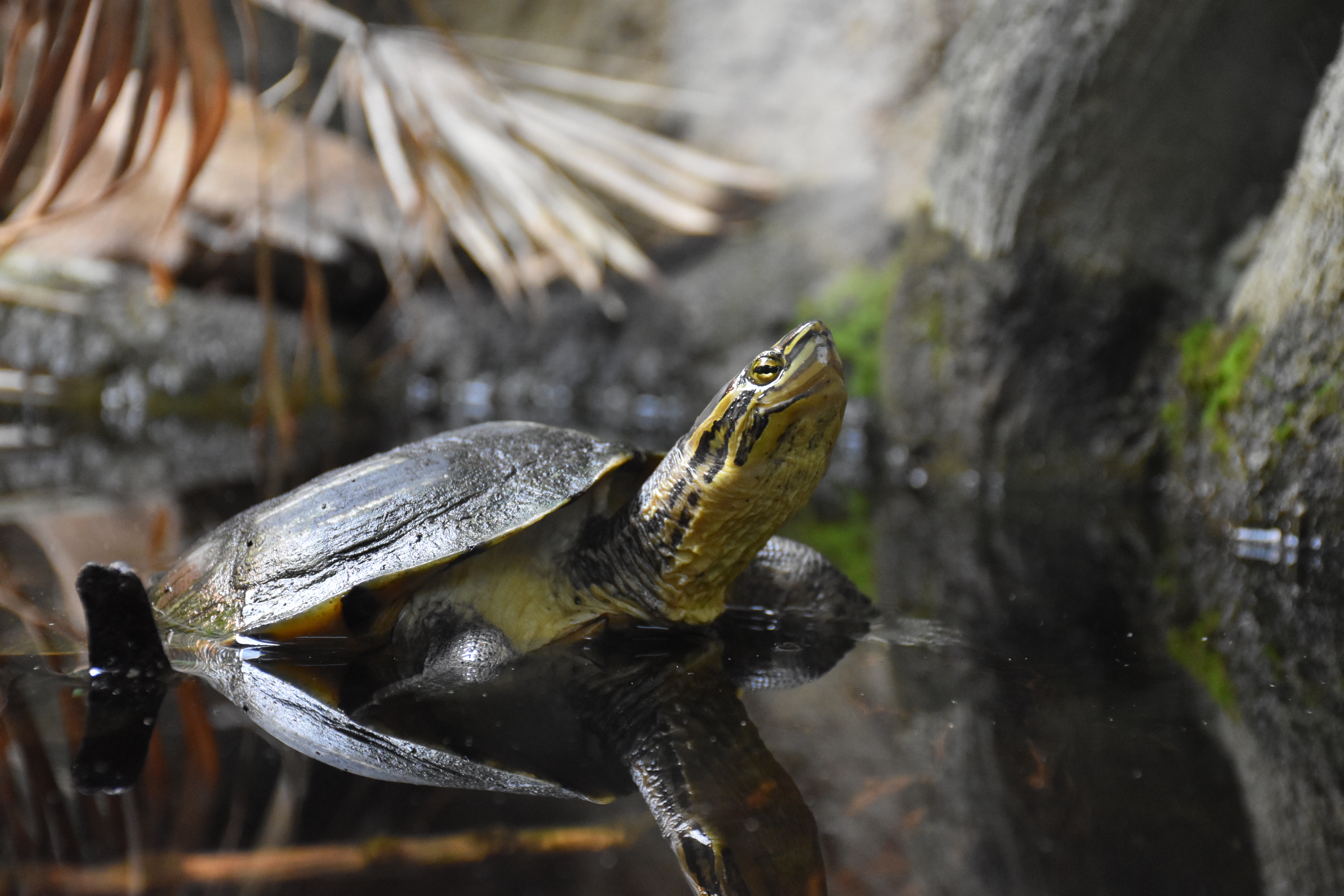Mauremys sps
(Mauremys annamensis, M. mutica, M. nigricans & M. sinensis)
Coordinator: Thomas Maunders
Institution: ZSL Whipsnade Zoo
Programme roles
| • Ark For the Mauremys nigricans the ark role is the most important role as the species is most probably extinct in the wild (the last observation was recorded in 1920). The wild population was decimated by combination of habitat loss and over-harvesting for food. This direct conservation role contemplates maintaining a long-term ex-situ population for future options including reintroduction. To fulfil this role, the EEP needs to find partners and coordinate this effort. • Research For the Mauremys nigricans research is needed on finding more about the origin habitat of the species and its ecology. Currently, there is only little known about this, while this is essential for the planning of reintroduction in the future. • Insurance Is the most important direct conservation role assigned for the three other Mauremys species included into this EEP. The programme aims to maintain a long-term ex-situ population to preserve future options. Those populations are managed to provide individuals for augmentation of wild populations • Research/training (in range countries) The research would focus more on the genetic origin of the various Mauremys ssp to avoid hybridization. To fulfil this role, financial support is needed to improve security in the in-range centers, to prevent theft of animals. |
|
| • Education The EEP presents a good opportunity for institutions that hold the species to educate visitors about confiscations. This term may include issues of illegal pet trade, trade of parts for medicinal use, etc. |
Programme numbers
In February 2023 the Mauremys EEP had the following numbers:
a. annamensis – 160 at 24 institutions
b. nigricans – 27 at 4 institutions
c. mutica – 154 at 3 institutions
d. sinensis – 170 at 23 institutions
Programme highlights
- In August 2022 Nordens Ark had offspring hatched.
- Issue 107 of Zooquaria is dedicated to chelonians and the ongoing crisis.
- There is a closed Amphibian and Reptile TAG Facebook group which staff of EAZA Members working with amphibians and reptiles can join.






